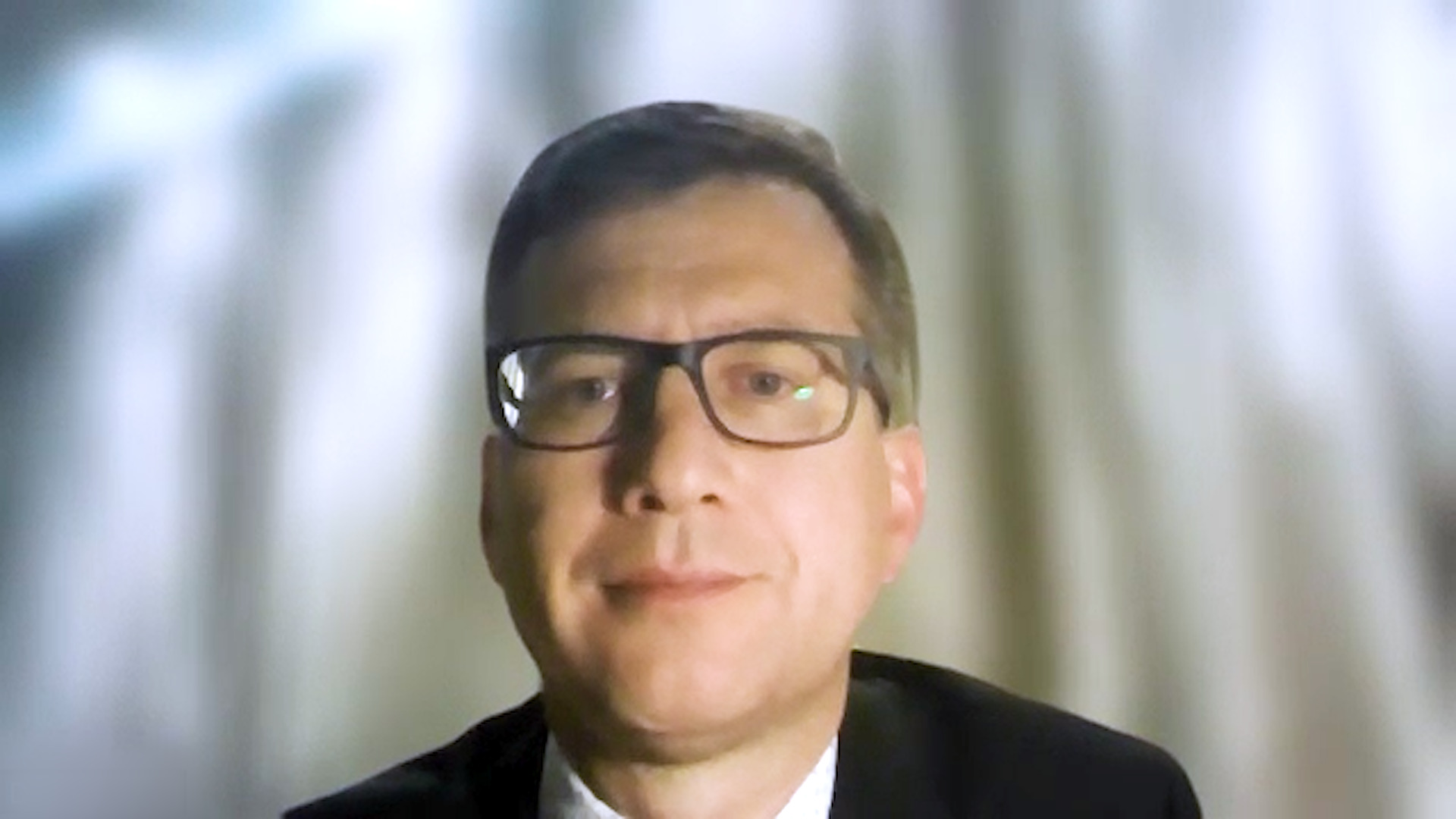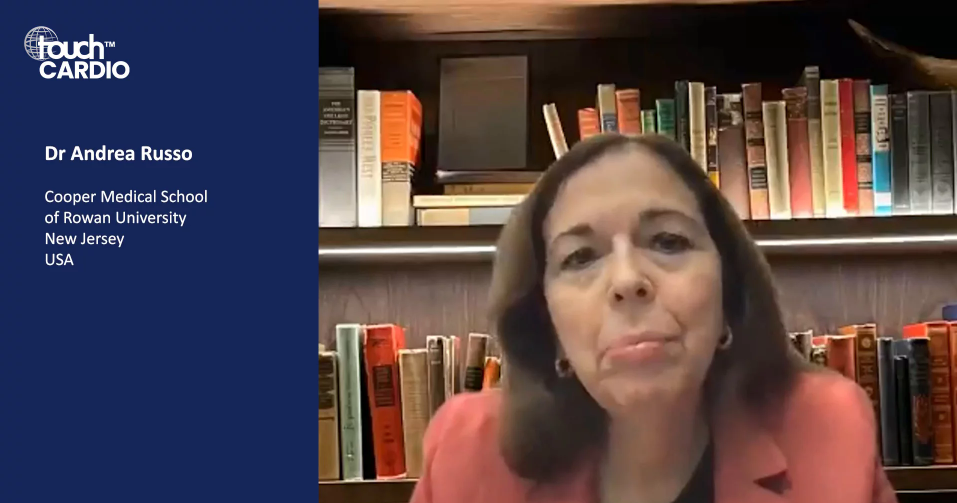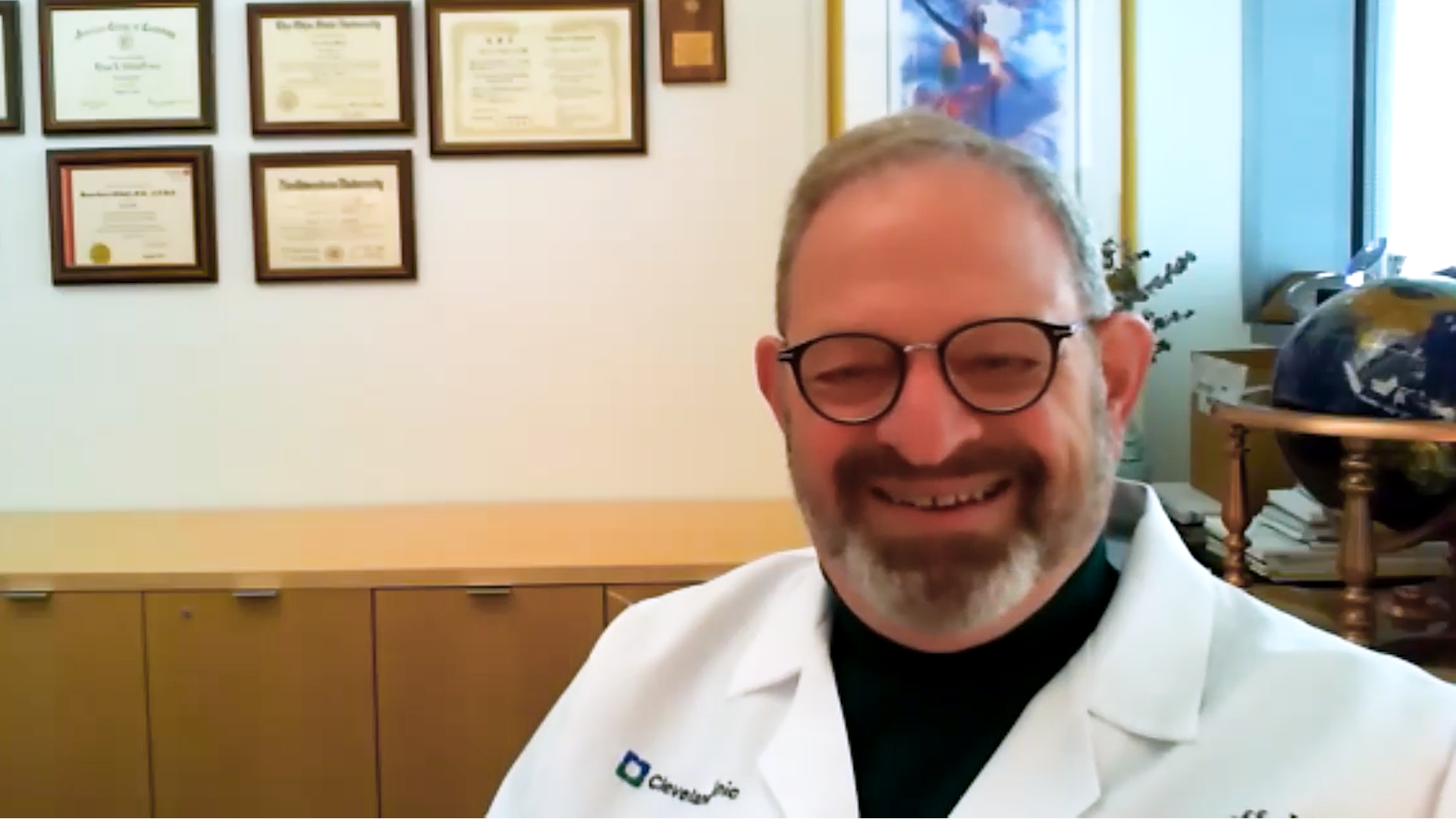Rohan Wijesurendra, EHRA 2023: The AMALFI trial, active monitoring for atrial fibrillation using an ECG patch
The AMALFI trial aims to assess the efficacy and cost effectiveness of an ECG patch to monitor for atrial fibrillation. In this touchCARDIO interview, we speak with Dr Rohan Wijesurendra (University of Oxford, Oxford, UK) to discuss the design of the trial, when results should be expected and the hopeful clinical implications.
The abstract entitled ‘Active monitoring for atrial fibrillation (AMALFI): a streamlined randomised controlled trial of remote screening for subclinical atrial fibrillation’ was presented at the European Heart Rhythm Association congress, 16–18, April 2023.
Question:
- Can you please give us an overview of the single-lead continuous non-invasive ECG patch? (0:20)
- What are the aims, design, and eligibility criteria of the AMALFI trial? (1:19)
- What have been the key findings? (3:20)
- What will be the place of this remote ECG patch-based AF screening strategy in the treatment paradigm for atrial fibrillation? (4:22)
Disclosures: Rohan Wijesurendra has nothing to disclose in relation to this video interview.
Support: Interview and filming supported by Touch Medical Media. Interview conducted by Danielle Crosby.
Filmed as a highlight of EHRA 2023
Access more content on atrial fibrillation here
Transcript:
My name’s Dr Rohan Wijesurendra. I’m a Senior Clinical Research Fellow at the University of Oxford and a Consultant Cardiologist Electrophysiologist at Oxford University Hospitals NHS Trust.
Q. Can you please give us an overview of the single-lead continuous non-invasive ECG patch?
There are a variety of these devices available and approved for clinical use. In the AMALFI trial we are using a patch called the Zio patch made by a company called iRhythm and that is, as I say, approved for clinical use in the UK. It is a relatively straightforward device. It’s a patch that the participant or patient can apply themselves, stick it to the front of the chest and can undertake normal activities, such as exercise or showering while wearing it for a period of 2 weeks. And then be removed by them and posted back for analysis and the report can be generated. And these devices are really very convenient for patients or participants compared to previous devices. We had Holter monitors, which require leads. They are generally worn for only around a day, and they are much more cumbersome and restrict patients onto activities and are restrictive in use for longer term monitoring.
Q. What are the aims, design, and eligibility criteria of the AMALFI trial?
So the aim of AMALFI was to assess the long term efficacy of screening of atrial fibrillation (AF) and the cost effectiveness of this approach. And it has quite a unique design. So it’s a remote trial. Participants don’t need to attend any study visits and it’s all done by post or telephone. And indeed identification of patients is also relatively streamlined. So it’s through GP care records to search for patients who meet the eligibility criteria and they received an invitation letter and those who wished to partake were then randomized 1 to 1 so either to receive an ECG patch or to usual care, which, of course, is expected to include some opportunistic screening. Those who are randomized to receive the patch, they get the patch through the post with instructions provided on how to apply it, with the video on our website and telephone advice as needed.
The participant will wear it for 14 days, post it back and a report is generated and that is then fed back by the study team to the participant’s GP who is responsible for their clinical management.
And similarly, the long term outcomes looking for the rates of diagnosis of AF and initiation of anticoagulation, for example, can be extracted through the primary care records and outcome events such as stroke, for example, can be identified through healthcare records. So it is a really very efficient trial design. In terms of eligibility, we are looking for patients who are at high risk of potentially having AF and also those who would be at high risk of having a stroke if they were to have it. And both of those are captured by what’s called the CHA2DS2VASc score. It’s a widely used clinical risk score in AF and it’s based on simple clinical factors such as age and the presence of comorbidities. In AMALFI, we are treating patients who are aged 65 or more with a CHA2DS2VASc score of 3 or more, and then four or more.
Q. What have been the key findings?
So I suppose the first key finding was that this approach was feasible and could be done. We’ve managed to randomize 5,000 patients in AMALFI. And of course, this was mainly during the COVID 19 pandemic. And so the remote design meant that recruitment could be undertaken feasibly in this period.
In terms of rates of AF diagnosis, or rates of finding AF on the patch, in the patch arm we have found approximately one in 20 of the patches that have been returned had a finding of AF and that represents about one in 25 of all the patients that were in the interventional arm and then randomized to receive a patch. That is slightly above our a-priori estimates. So it means that the trial is well powered for its primary outcome and that primary outcome, which is the difference in rate of diagnosis of AF between the two arms at 2 and 1/2 years. Those results will be available in 2025.
Q. What will be the place of this remote ECG patch-based AF screening strategy in the treatment paradigm for atrial fibrillation?
Thank you. I think that’s a really interesting question. And I think the results of AMALFI, which will become available in 2025, will be really key to addressing this. And what we need to know is what is the difference in how much extra AF do you diagnose by using this patch strategy compared to standard opportunistic screening? How much actual time does that buy you? And importantly, what is the cost effectiveness of that approach and those are questions that we should be able to answer. And of course, there is no question about whether this ECG patch based screening is optimal or whether there are other alternatives, such as opportunistic screening or longer term monitoring. I think we need results of the ongoing trial such as AMALFI to be able to answer those questions.
I would just like to extend obviously my thanks to everyone who has contributed to AMALFI, it is a huge team that is involved in the study and of course all of the participants that have generously participated.
Subtitles and transcript are autogenerated







